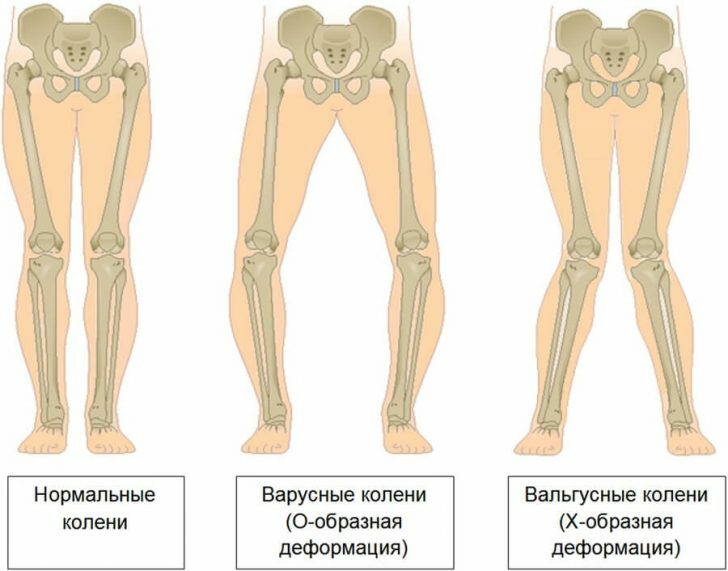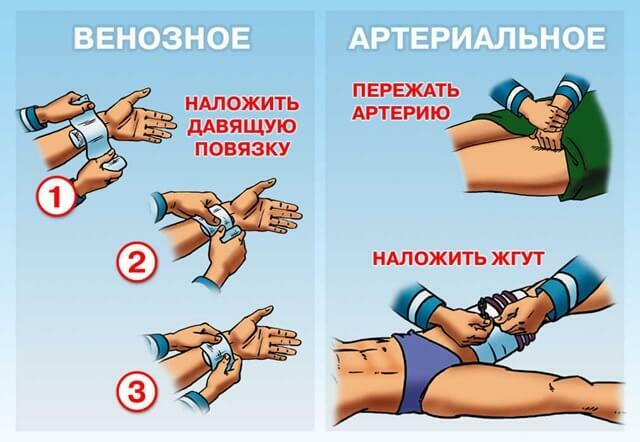Orthopedic insoles with flat feet
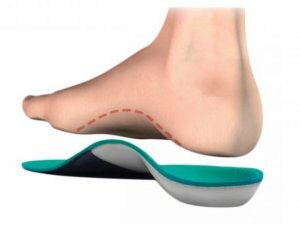
Description
Orthopedic insoles are advanced liners for everyday shoes. The insoles are designed to correct the disorders that lead to the development of flat feet. Insoles are also used to eliminate the problems of the musculoskeletal system.
The paramount task of orthopedic insoles is the uniform distribution of the load along the entire foot and the restoration of the cushioning functions of the vaults. They are inserted into everyday shoes( like liners).
Orthopedic insoles, which are designed for children, exclude the development of curvature of the foot. Insoles should preferably be purchased in specialized salons.
Causes of foot deformation
The causes of flatfoot appearance are somewhat:
- muscle weakness;
- calcaneus injury;
- fracture of the ankles;
- paralysis of the foot muscles;
- congenital platypodia.
Functions of orthopedic insoles
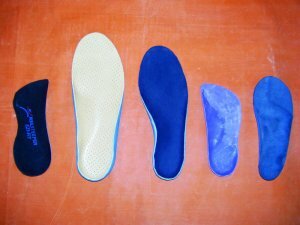 The main task of correctors is to correct flat feet. Are selected individually with the obligatory account of the degree and type of flatfoot.
The main task of correctors is to correct flat feet. Are selected individually with the obligatory account of the degree and type of flatfoot.
They favorably act on the feet of the limbs, relieve tension in the legs and prevent or relieve flat feet.
If you neglect the advice of doctors, you can provoke serious complications of the musculoskeletal system.
Design of insoles
Orthopedic correctors consist of the following parts:
- instep( in the area of the longitudinal arch);
- groove in the location of the calcaneus;
- cushion in the area of the toe;
- additional devices( wedges) for the correction of insoles;
- elevated area( foot area).
Features of selection
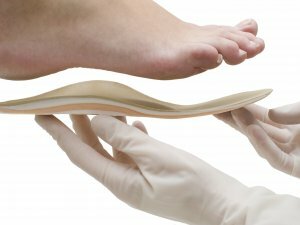 With different types of flatfoot, there are special features in the selection of insoles. Insoles for transverse flatfoot correct the transverse arch and prevent transverse flatfoot.
With different types of flatfoot, there are special features in the selection of insoles. Insoles for transverse flatfoot correct the transverse arch and prevent transverse flatfoot.
To use these correctors, the following indications exist:
- calcaneal spur;
- difference in length of lower limbs;
- flat feet in young children;
- club foot;
- diabetes mellitus;
- deformation of the thumb and joints of the feet;
- significant load on the lower limbs throughout the day.
Insoles for longitudinal flat feet correct the longitudinal arch and differ in the height of the instep. With the help of wedges, you can change the angle of the foot when moving.
Insoles for valgus deformation ( protrusion of the thumb) are additionally provided with high bumps, made of rigid materials.
With variance of the ( curvature of the vault and the axis of the foot), special tools and spare parts are available for the necessary correction.
Why is it important to use insoles?
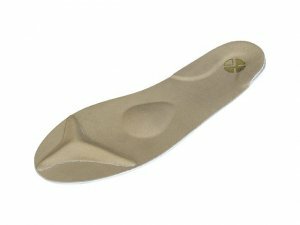 These orthopedic correctors return the foot physiological properties and its anatomical structure.
These orthopedic correctors return the foot physiological properties and its anatomical structure.
When using insoles with orthopedic shoes:
- reduced joint load;
- reduces leg fatigue;
- Compensation for shocks and impacts when moving;
- decreases sweating and the formation of corns( calluses).The arches of the feet are supported in the normal position;
- stop returns the correct form.
You can temporarily use insoles. They are especially effective in childhood.
Prophylactic and therapeutic insoles
Prophylactic correctors are made of soft materials, they do not cause discomfort.
Healing insoles are always rigid or semi-rigid products. This is required to maintain the foot in a natural position. Due to the therapeutic effect they do not change their shape even under the influence of a person's weight.
The effectiveness of insoles
The effectiveness of orthopedic insoles is very high, but there is a dependence on the age of the person, the correctness of the selection of insoles, taking into account the shape and degree of flatfoot.
The best result is achieved if they are worn already from childhood. During this period, it is easy enough to correct the lack of foot, becauseThe growth of bones is not yet complete. The child has learned to walk - one can buy insoles, even if there is no deformation of the foot. They will prevent its appearance in the future.
To choose insoles is necessary in a medical institution, but not in a pharmacy. Otherwise, the situation can only worsen.

